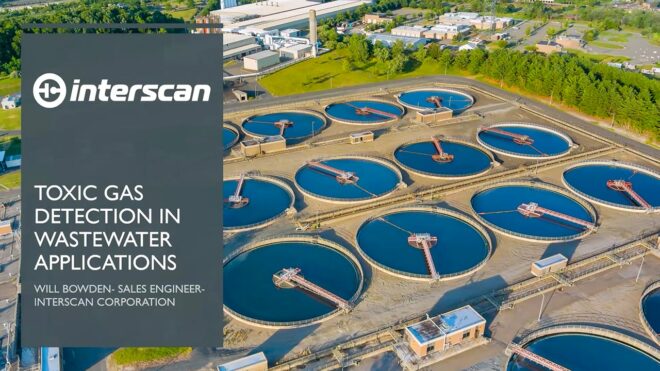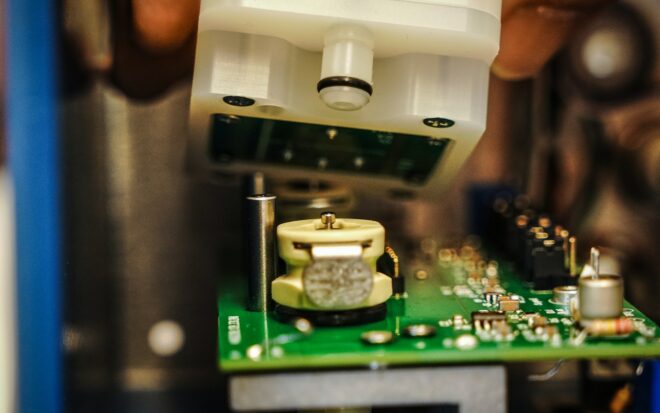The Importance of Minimizing Gas Detection Downtime
Proper use and maintenance of the sensors are necessary for accurate and reliable gas detection. When device failure is detected during routine calibration, it should be repaired or replaced. The “Interscan Sensor Express” program offers sensor replacement on pre-determined schedules to reduce downtime. Several industries use or produce toxic gases that must be controlled. Gas…









